Jeep Compass 4xe is a plug-hybrid for every occasion
Jeep’s Compass 4xe projects a stylised sense of rugged design for weekend off-roaders
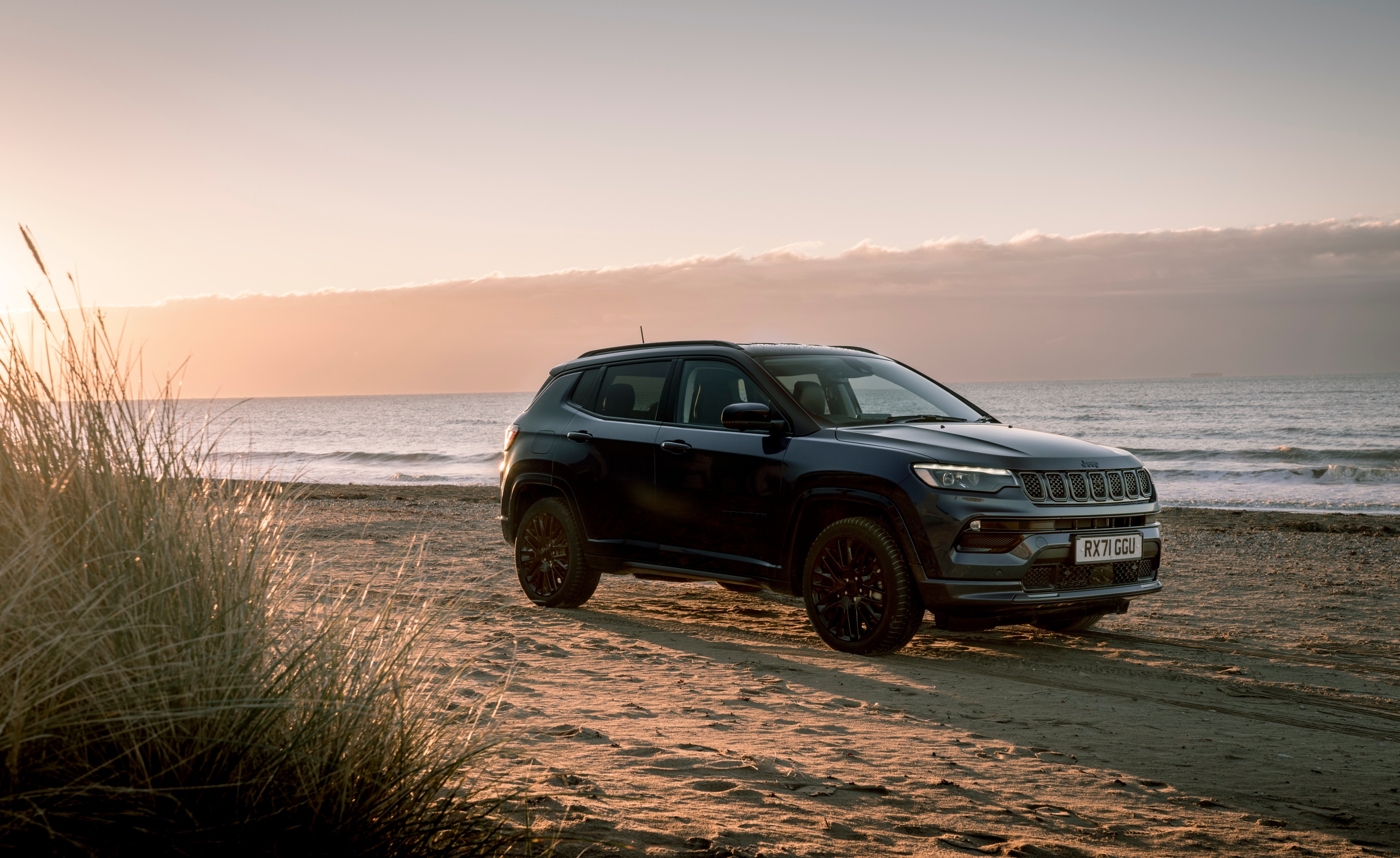
The Jeep brand is one of the auto industry’s survivors, a company with a true claim to a utilitarian origin. Yet although the first Jeep – the iconic Willys MB of 1941 – is considered one of the most influential pieces of military equipment ever made, the company is now better known for its consumer derivation, the Wrangler, a totemic fragment of conflict diffused into everyday pop culture.
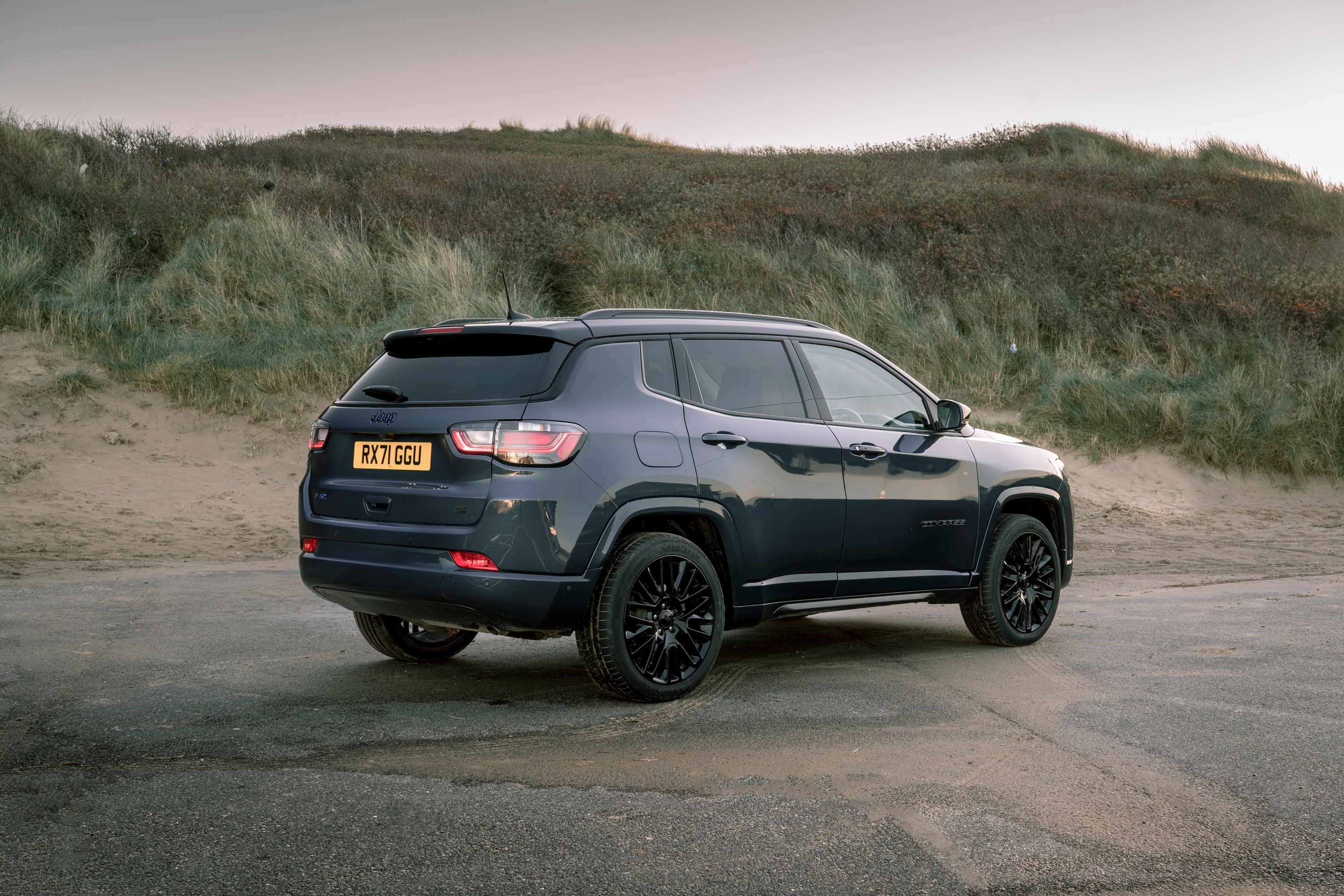
In fact, the company has a pretty good claim to the origin of the mass-market SUV, with the introduction of the Wagoneer model in 1962.
That was joined by the Cherokee in 1974, a nameplate that survives to the present day (not without controversy) in the form of the US-only Cherokee and the forthcoming Grand Cherokee.

This is the Jeep Compass, the company’s ‘compact’ SUV and the car that says most about its current corporate status. Jeep is part of Stellantis, the behemoth auto multinational that is limbering up to be a major player in post-fossil fuelled combustion.
With 16 brands under its wings, including Alfa Romeo, Chrysler, Citroën, Dodge, DS, Fiat, Jeep, Lancia, Maserati, Opel, Peugeot, and Vauxhall, there’s barely a market or model that hasn’t been influenced in some way by cross-platform-engineering and component sharing.
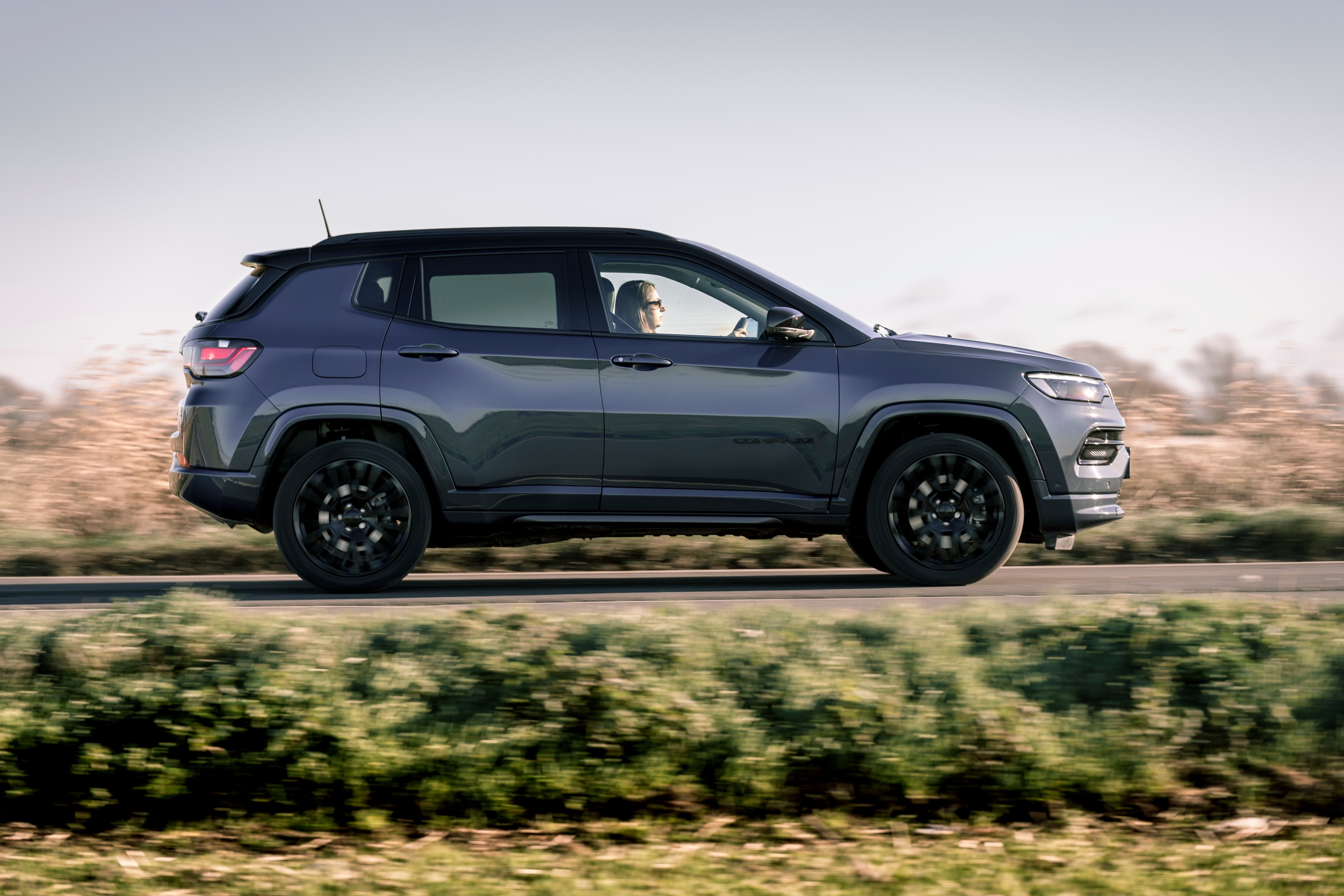
The Compass is a case in point. Underneath this mildly rugged exterior are parts shared with the forthcoming Alfa Romeo Tonale, a strong indication that regardless of your corporate history, every company is pretty much competing for the same market these days.
If you go back four decades to the introduction of the Cherokee and look at the equivalent Alfa – the peerless GTV, for example – and it’s impossible to envisage these two vast different companies ever diverging.
Receive our daily digest of inspiration, escapism and design stories from around the world direct to your inbox.
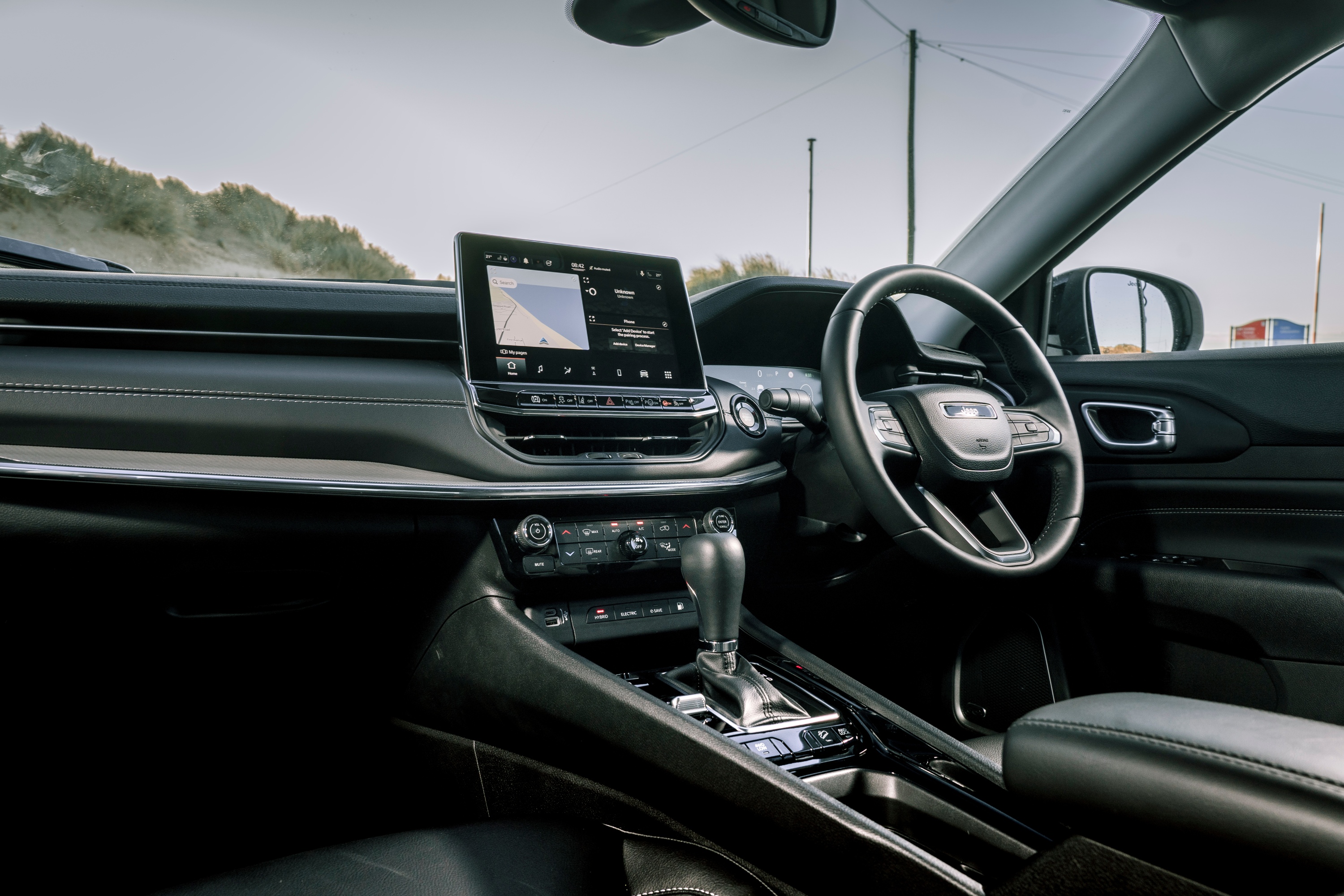
Just as modern Alfas have to ham up their Italian heritage, the Compass lays on some heavy American off-road schtick. Jeep’s seven-slot grille – a throwback to the original Willys – defines the front end, with a suitably raised ride height giving it a go-anywhere look.
That’s enhanced by Jeep’s ‘Selec-Terrain’ system, which gives you five driving modes, including rock, sand/mud and snow. There’s also a ‘Sport’ option, and although the acceleration is sprightly (thanks in the part to the boost from the batteries), don’t expect it to steer like a sports car.

The plug-in hybrid system – which Jeep calls 4xe – is being rolled out across all its models.
It has the welcome addition of an ‘E-Save’ function, which uses the engine to maintain the battery charge for later use, as well as the standard hybrid and all-electric modes.
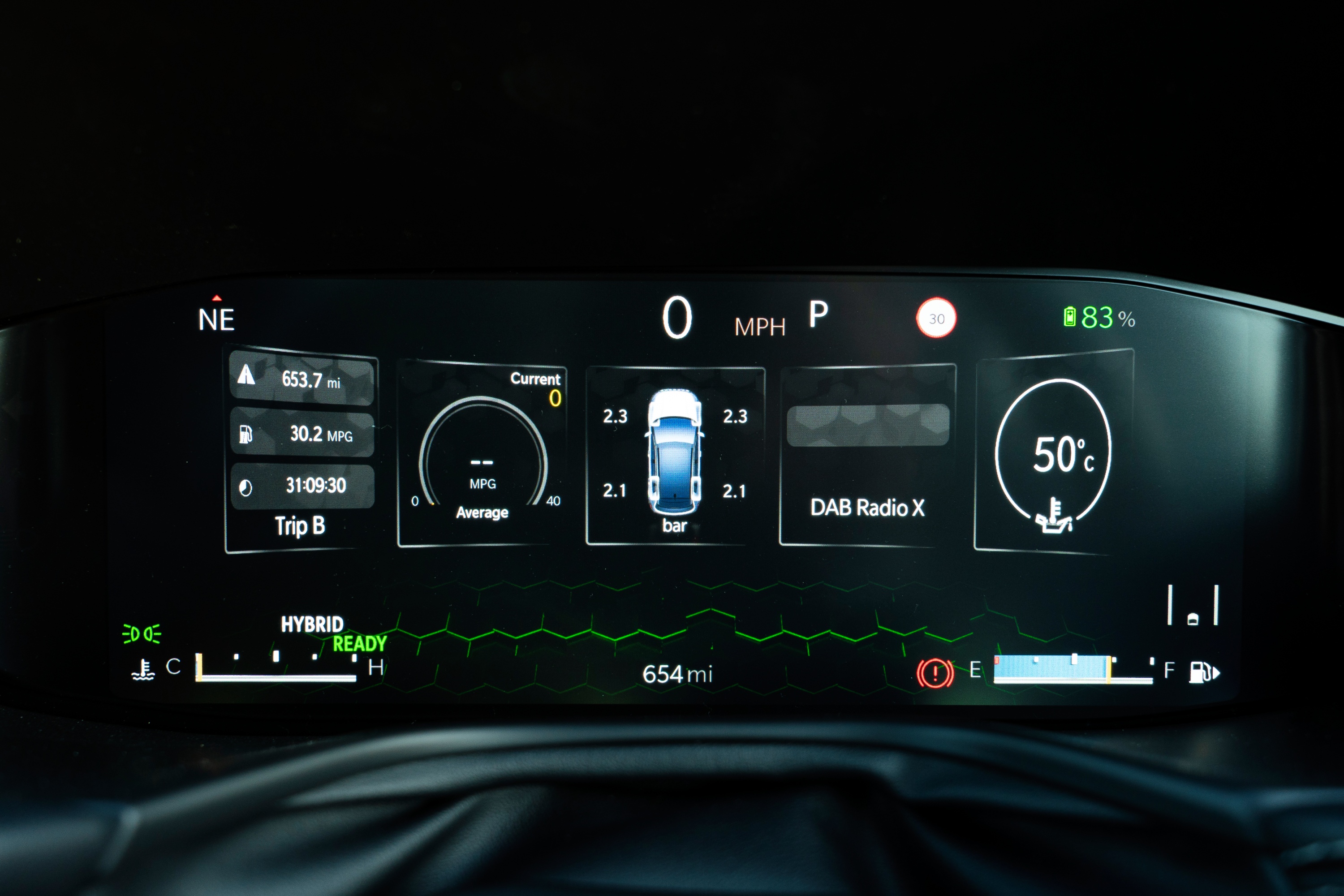
By 2025, the company should have four all-electric cars on sale in North America, with the rest of the world following soon after, starting with the new Jeep Recon and Wagoneer S models. In the US, the Wrangler 4xe is the country’s best-selling plug-in hybrid, and Jeep is hoping to cement the association between four-wheel-drive and electrification, with the message ‘4xe is the New 4x4’. Big, burly SUVs and pick-ups – whether electrified or not – are all very well for the American mythos but play less well to European customers. That’s why smaller cars like the Compass and Renegade are so important to the brand.
Sustainability and efficiency are leading many carmakers to rediscover the values of utility design. Functionalism can be about fun, not just frugality. Stellantis has the heft to encourage innovation – look at the work currently done by Citroën, for example. The Jeep of tomorrow could go a whole lot further.
INFORMATION
Jeep Compass 4xe Plug-in Hybrid Trailhawk, from £41,495
Jonathan Bell has written for Wallpaper* magazine since 1999, covering everything from architecture and transport design to books, tech and graphic design. He is now the magazine’s Transport and Technology Editor. Jonathan has written and edited 15 books, including Concept Car Design, 21st Century House, and The New Modern House. He is also the host of Wallpaper’s first podcast.
-
 Click to buy: how will we buy watches in 2026?
Click to buy: how will we buy watches in 2026?Time was when a watch was bought only in a shop - the trying on was all part of the 'white glove' sales experience. But can the watch industry really put off the digital world any longer?
-
 Don't miss these art exhibitions to see in January
Don't miss these art exhibitions to see in JanuaryStart the year with an inspiring dose of culture - here are the best things to see in January
-
 Unmissable fashion exhibitions to add to your calendar in 2026
Unmissable fashion exhibitions to add to your calendar in 2026From a trip back to the 1990s at Tate Britain to retrospectives on Schiaparelli, Madame Grès and Vivienne Westwood, 2026 looks set to continue the renaissance of the fashion exhibition
-
 Danish manufacturer Zenvo Automotive’s Aurora is the true enthusiast’s hybrid hypercar
Danish manufacturer Zenvo Automotive’s Aurora is the true enthusiast’s hybrid hypercarZenvo Automotive dovetails Danish design culture with a love of high-end engineering and exceptional performance. We talk to the company’s Jens Sverdrup about its newest machine, the Aurora
-
 Yves Béhar gives striking shape and form to this new hybrid-electric catamaran concept
Yves Béhar gives striking shape and form to this new hybrid-electric catamaran conceptSolsea is a concept catamaran from Italian shipyard Rossinavi, blending zero emission cruising with design by Yves Béhar
-
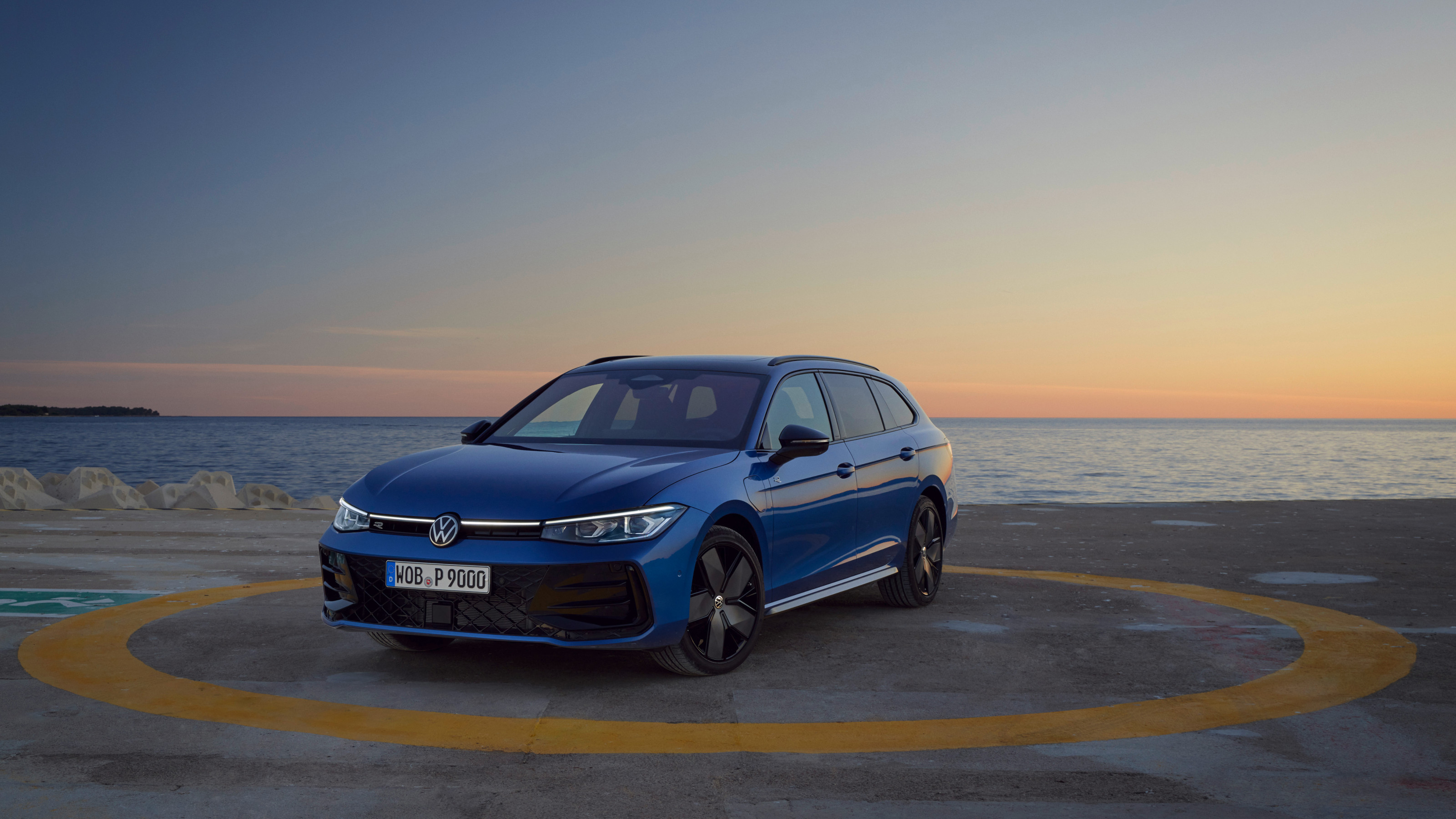 The Volkswagen Passat is a sober, straight edged estate car that feels increasingly out of time
The Volkswagen Passat is a sober, straight edged estate car that feels increasingly out of timeWhy would anyone pass on a Passat? Volkswagen’s big load lugger proves that the old ideas are still the best
-
 Bentley describes the updated hybrid Flying Spur Speed as a four-door supercar
Bentley describes the updated hybrid Flying Spur Speed as a four-door supercarThe latest version of the Bentley Flying Spur is a technological showcase and an outstanding performer
-
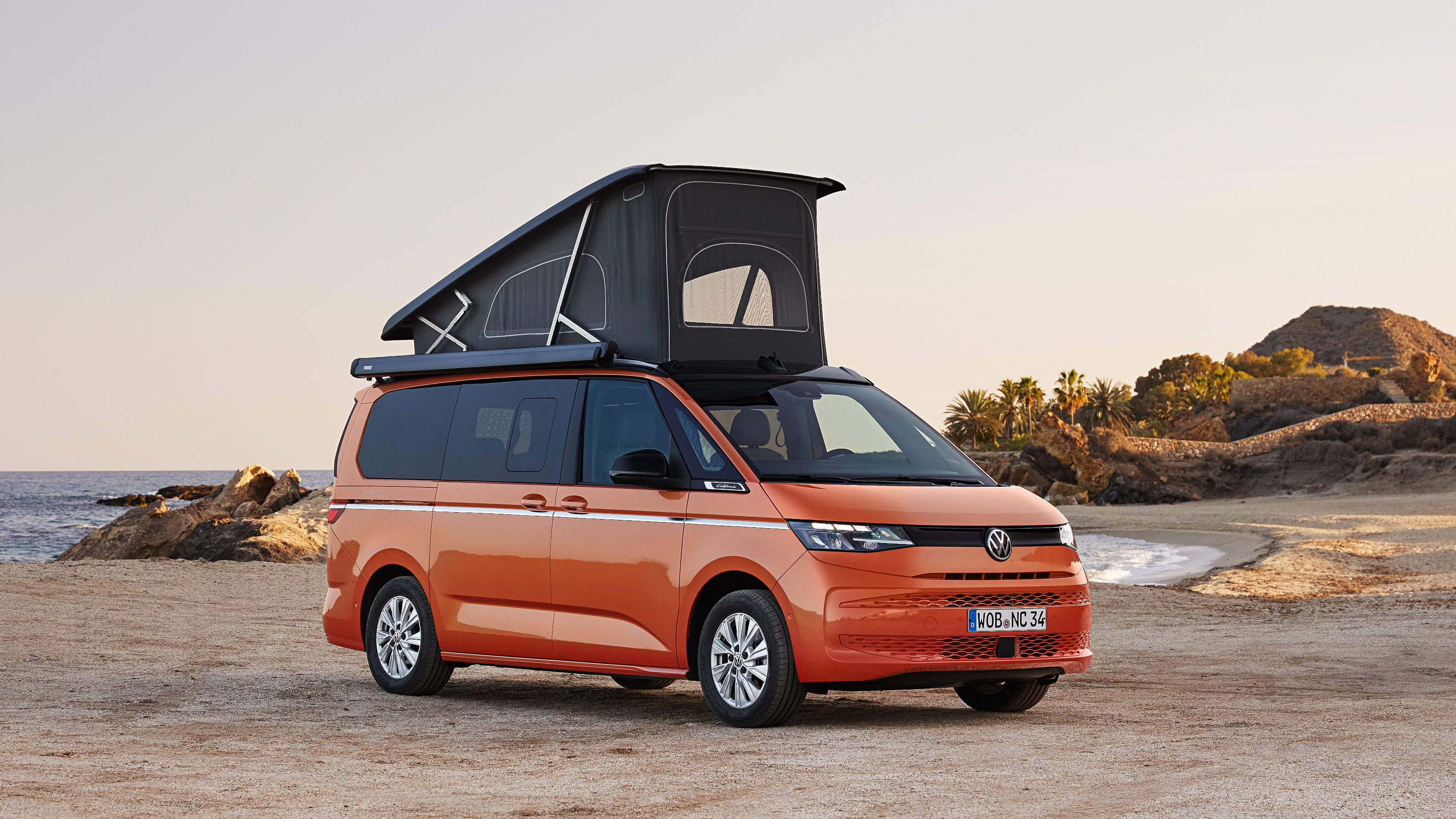 New Volkswagen California is a hybridised camper van that has it all
New Volkswagen California is a hybridised camper van that has it allThe Volkswagen New California camper van is here, the latest update to VW’s evergreen classic, bringing a larger platform, more flexibility and hybrid power for the first time
-
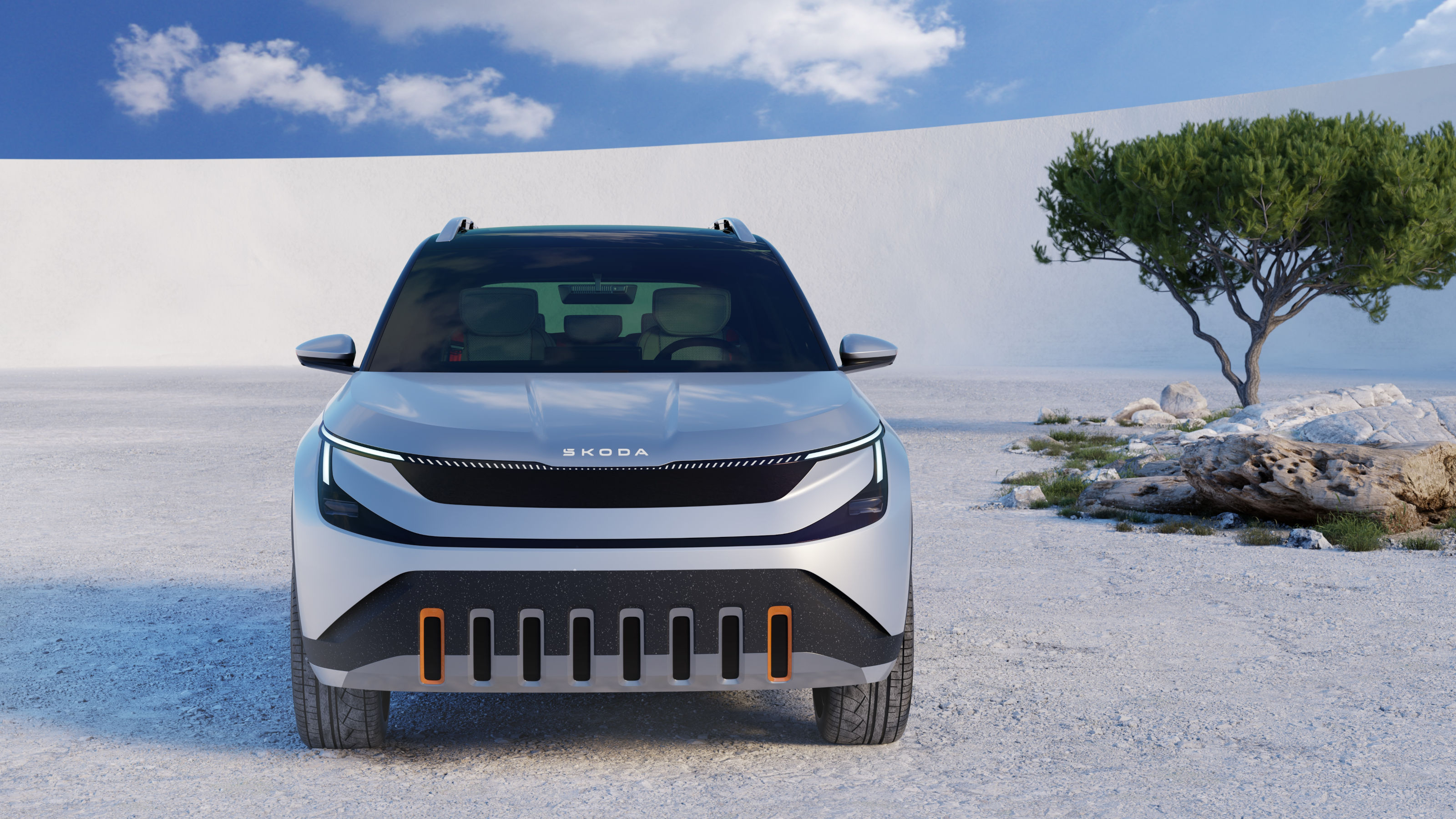 Coming soon: a curated collection of all the new EVs and hybrids that matter
Coming soon: a curated collection of all the new EVs and hybrids that matterWe've rounded up new and updated offerings from Audi, Porsche, Ineos, Mini and more to keep tabs on the shifting sands of the mainstream car market
-
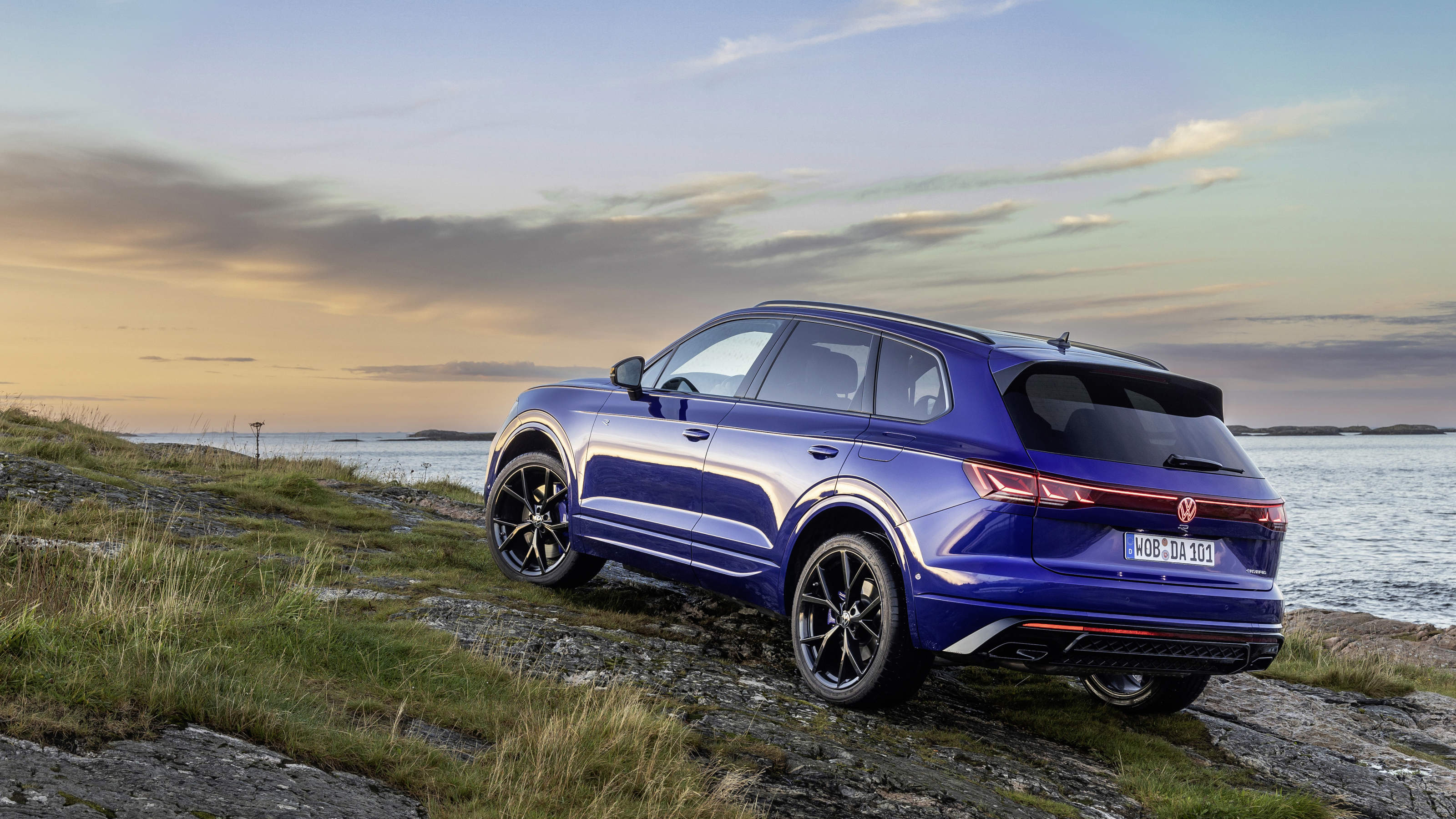 Refreshed Volkswagen Touareg does the heavy lifting for long-distance travel
Refreshed Volkswagen Touareg does the heavy lifting for long-distance travelThe new Volkswagen Touareg R eHybrid is the people’s luxury SUV, capable of going anywhere and doing anything. Does it stack up to rivals?
-
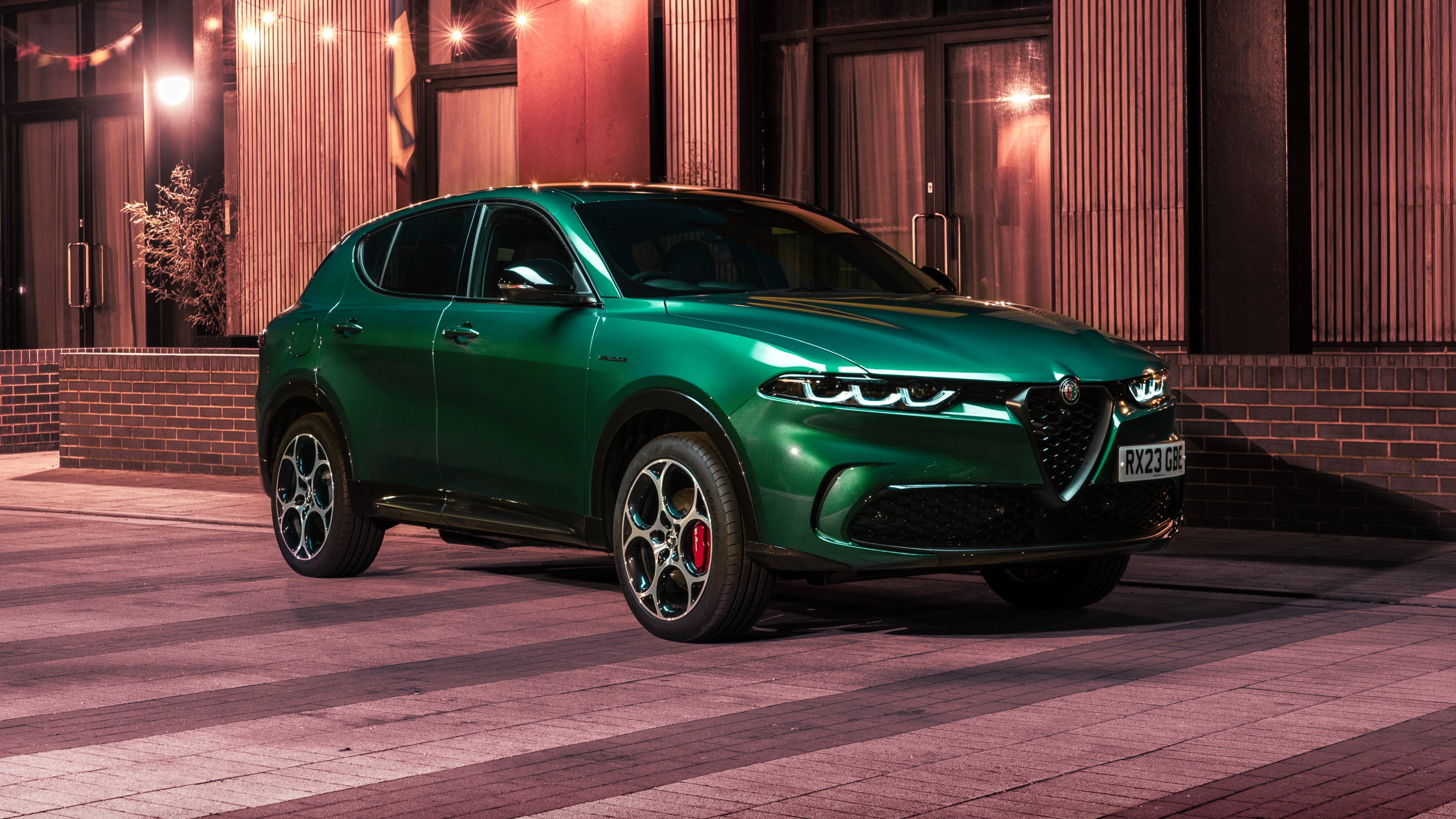 Alfa Romeo Tonale plug-in hybrid isn’t quite the tonic the Italian brand is capable of brewing
Alfa Romeo Tonale plug-in hybrid isn’t quite the tonic the Italian brand is capable of brewingThe Alfa Romeo Tonale plug-in hybrid is yet another entry into the crowded compact SUV market, this time bringing the Italian brand’s idiosyncrasies to the fore